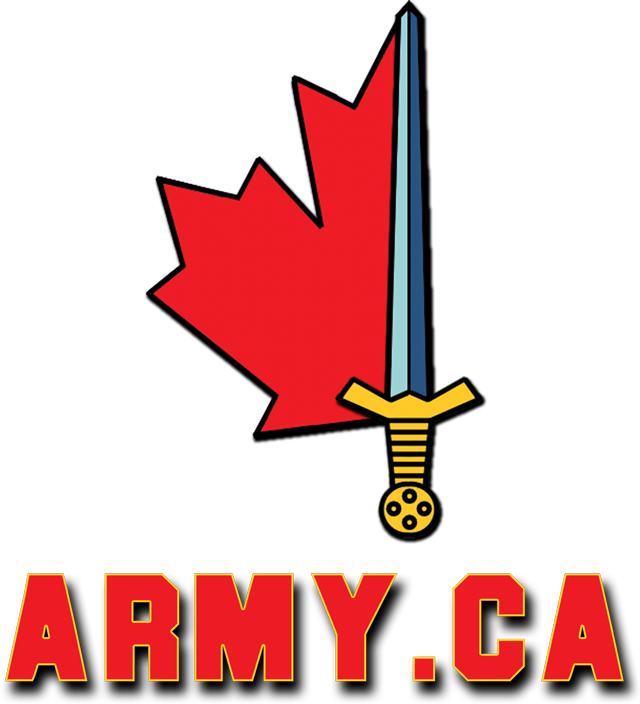Swampbuggy
Full Member
- Reaction score
- 226
- Points
- 530
This is what I would try before the Red Green blood transfusion, for the record. Or, adjust the scope of CMMC to something actually doable under a 1000t at a smaller yard and really lean into containerized mission kits. @Czech_pivo is right on the money about fleet numbers for a long time to come. I can’t believe we would have to wait until post 2050 to have the same number of surface combatants that we did 15-20 years ago.I don't think people understand how limited shipbuilding within North America is and how tightly planned the NSS actually is. There is effectively no yards that could be used to speed up River class production in any meaningful way without taking Davie and throwing their very important CCG icebreaker contracts to the side. The RCN is not the only Canadian Govt organization that desperately needs ship as well. It is politically infeasible to send that work to Europe or to the United States, given the already signed contracts and contractors/sub-contractors for all of these materials and for the US, the lack of suitable yards.
A more accurate analogy to this situation with NSS would be you've cut your arm badly and EMS is 20 minutes away, so you go cut a bystanders arm and try to do an infield blood transfusion.
The issue is that there is debatably no (or very few) yards within Canada that could reasonably do the world we're looking at for CMMC on a larger platform, even if the arbitrary 1,000t/Combatant NSS limitation is shrugged off. They'll need to go abroad and order them tomorrow if they want to make the Kingston class retirement dates.
It doesn’t look good for the RCN’s stated goal of a sustained 4 CSC Task Group…
So, either that plan sticks and the CSC’s are reserved only for critical deployments overseas, at a much reduced tempo and home waters patrolled by a small number of AOPS (also in demand for OP CARIBBE etc) or they find a way (home build, foreign order whatever) to get something in between to supplement them and distribute some of the weight.
Unless, we’re pinning all our hopes on the 12 sub buy, that is.



